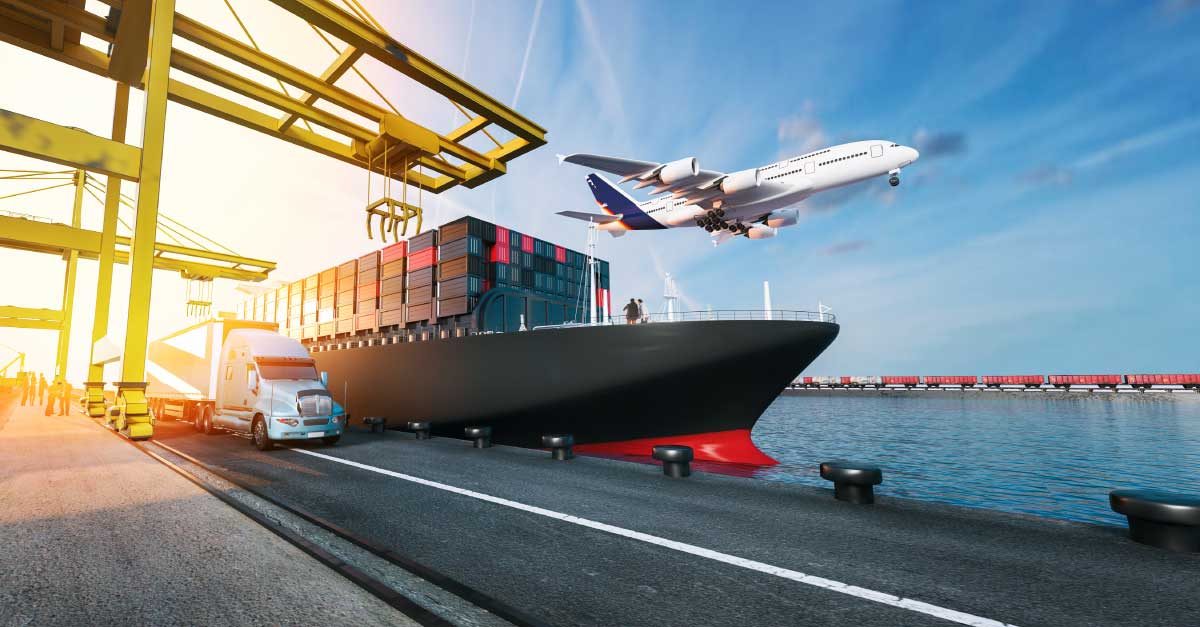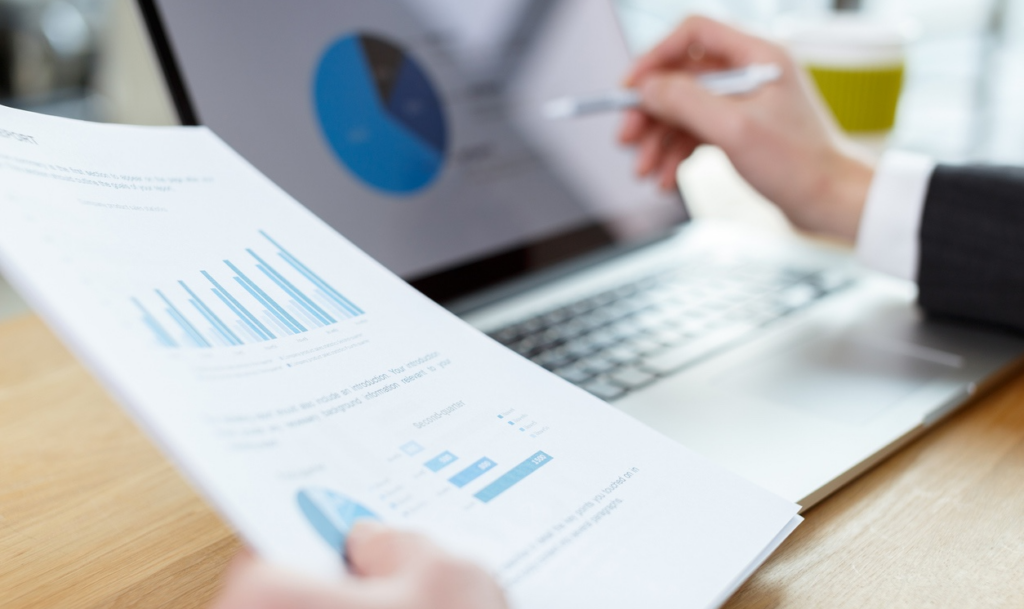Companies everywhere are aiming to decrease their carbon footprint, but how exactly can they make the most impact? More importantly, which stakeholders are responsible for making their practices more sustainable? New research around carbon insetting suggests that achieving a “net zero” carbon footprint will require a unified front from all entities in a supply chain. And, transportation and logistics companies may carry much of the carbon insetting responsibility.
What is carbon insetting?
In the modern business world, you’ve likely heard of carbon offsetting. This concept refers to the corrective actions companies take for the carbon emissions they produce. It’s an extrinsic way for a company to reduce its carbon footprint. Carbon offsetting projects can include reforestation, biodiversity, education, jobs, food security, and health and well-being – almost any initiative to remove carbon dioxide (CO2) from the atmosphere and promote a healthier planet.
Conversely, carbon insetting is an intrinsic way for a company to reduce carbon emissions in its supply chain. Carbon insetting attempts to tackle carbon reduction head-on, looking at processes within the supply chain that can be reformed to decrease the company’s overall carbon footprint.
Instead of trying to offset an action that has already occurred or will occur, insetting initiatives aim to mitigate emissions from the source. While carbon insets are not necessarily designed to replace carbon offsets, they have the potential to significantly reduce a company’s net emissions.
Some recent examples of carbon insetting stem from trailblazers in the food and beverage sector. Since many of their raw materials are sourced from farming, these companies have taken it upon themselves to source ingredients sustainably. Ben & Jerry’s, a popular ice cream brand, started investing in the Rwenzori project in Uganda in 2016 to sustainably source vanilla. The program has helped vanilla farmers build new agriculture and forestry systems. These systems ultimately helped improve and diversify production, reducing emissions in the supply chain. Since this directly impacts Ben & Jerry’s operations, it can be a carbon inset, even while it also involves planting trees. Other sectors are starting to discover how insetting can be useful in their practices, too.
Dow’s role in carbon insetting
More industries are starting to kickstart carbon insetting programs, including Dow, a major industry leader in materials science and packaging.
Recently, Dow presented a webinar addressing: “How do we get to carbon neutral packaging?” In it, Dow introduced several factors that impact the footprint of packaging and showed the impact of carbon insets within the packaging supply chain.
Their research on carbon insetting is less focused on the impact of the insets themselves, but instead on driving business value. The figure below showcases the breakdown of spending within the “voluntary carbon market.” (A growing number of sectors and regions have regulations for limiting greenhouse gas [GHG] emissions. The voluntary carbon market allows organizations to offset unavoidable emissions by purchasing carbon credits emitted by projects targeted at removing or reducing GHG from the atmosphere.)
Dow specifically highlights the percentage of the budget that is dedicated to transportation insets. This sector only accounted for 0.3% of the estimated $276M market in 2019. Today, the voluntary carbon market is on track to hit $1 billion in transactions according to a report from Ecosystem Marketplace. Transportation insets have immense potential for greater impact if given due diligence.
The benefits of transportation insetting are even more obvious when looking at overall cost. While forestry carbon offsetting costs $14-15 per ton, transportation insets are estimated to cost only $1 per ton. Forestry offsets dominate the market, but Dow’s findings suggest it is time for companies to shift their focus to how they can make the most impact with each respective dollar.
How will carbon insetting impact transportation & logistics?
Although companies are beginning to discover the impact behind transportation insets within their supply chains, this concept has yet to take off on a larger scale. More buy-in is needed to drive this transformation.
Promising transportation and logistics insetting solutions include:
- Sustainable fuels (United Airlines just made history with sustainable aviation fuel)
- Equipment decommissioning (Freight carbon insets could provide funding to get the most polluting equipment off roads and out of ports)
- Engine retrofits (To use diesel-particulate filters, which reduce black carbon, or replace fossil fuel engines with ones that burn low-carbon fuel)
- Logistics efficiency (To support optimized logistics, driver training programs, and route planning)
All the initiatives above can provide meaningful GHG reduction, as well as benefits for public health and safety. Freight carbon insets could potentially mirror existing Renewable Energy Credits as well as projects for aviation, shipping, and road freight. Yet, freight carbon insets do not have enough support (or funding) currently to make a significant impact on net emissions.
Many sustainability and ESG professionals are fighting for a stronger balance between carbon offsetting and insetting … particularly in how they are funded. If a mere portion of the funds dedicated to forestry offsetting were directed toward the development of sustainable transport, companies could move closer to “net zero” emissions. Reforming transportation and logistics processes allows the supply chain to be as environmentally friendly as possible, while efficiently decreasing a company’s overall carbon footprint.
To discuss your carbon insetting and transportation & logistics market research needs, please contact us.




